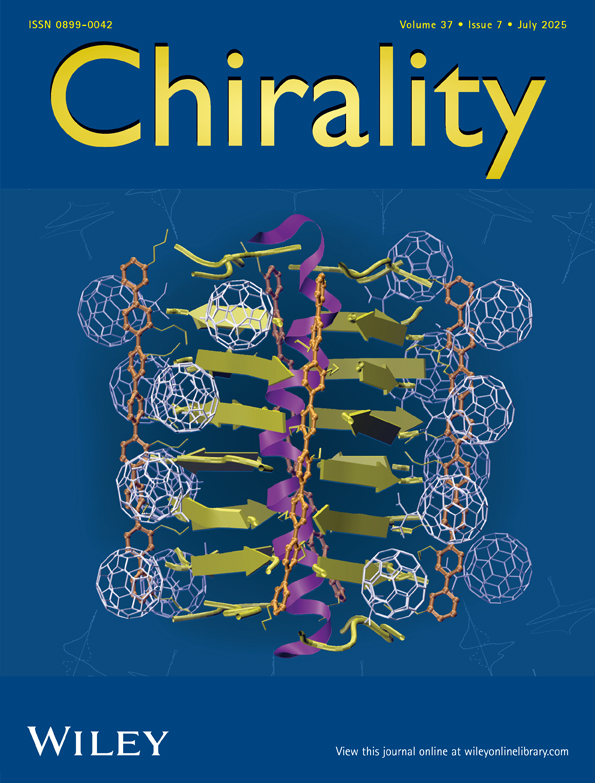Electrochemiluminescent Chiral Sensor Based on Covalent Organic Frameworks for Discrimination of Phenylalanine Enantiomers
Funding: This work was supported by Natural Science Foundation of Shandong Province, ZR2021MB121.
ABSTRACT
Chiral recognition of amino acids is crucial in pharmaceutical and clinical fields due to the enantiomer-dependent bioactivity of chiral compounds. Here, we report an electrochemiluminescent (ECL) sensor utilizing a chiral covalent organic framework (CC-MP CCTF) for the selective discrimination of phenylalanine (Phe) enantiomers. Critical experimental parameters, including buffer pH (optimized to 7.38), tripropylamine (TPrA) concentration (9.99 mM), and CC-MP CCTF dilution ratio (1.6×), were optimized to maximize sensitivity. The sensor achieved a linear detection range (0.2–1.0 mM) for both D- and L-Phe with a limit of detection (LOD) of 0.1 mM. Remarkably, it exhibited exceptional enantioselectivity, showing a 1.96-fold higher ECL response to D-Phe than L-Phe, which originates from the chiral confinement effect of the CC-MP CCTF. This study proposes a cost-effective and rapid strategy for chiral amino acid recognition, demonstrating potential applications in bioanalysis and quality control processes.
Open Research
Data Availability Statement
The data that support the findings of this study are available from the corresponding author upon reasonable request.




